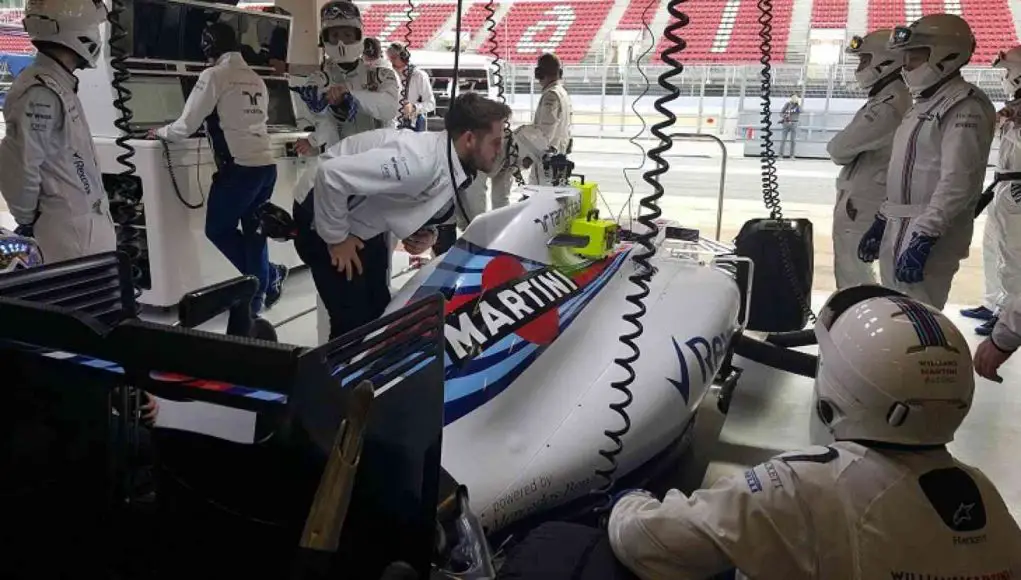While Virtual Reality (VR) is most closely associated with the gaming world, it is increasingly being used in different industries ranging from healthcare to education. One sector that VR is making a huge impact is sports, and in particular Formula 1. Unlike the 360-degree cameras that the FIA introduced for the 2018 season, VR allows Formula 1 teams to create a cost-effective and realistic training experience for their drivers, without the cost of putting a vehicle on the track.
The usual virtual training setup for drivers is made up of a stripped-down racing car chassis mounted on a computer
controlled, hydraulic rig. The rig is situated in front of a wall of high-definition displays. Much like a hyper-realistic arcade game, the vehicle’s movements and physics on the screens mimic those of an actual Formula 1 motor. The racing team can then test intricate vehicle set-ups on the fly and use the data to tune the racing vehicles. For the drivers, however, things are changing with VR headsets replacing the wall of screens. The VR headsets give drivers a much closer experience to being in the cockpit. This new type of training has proven popular with drivers.
Wareable reported how F1 World Champion Nico Rosberg praised the technology as it allows drivers to better prepare for the actual races. This is very useful as teams are not allowed to test their vehicles during the season.What Rosberg is referring to is the FIA’s ban on in-season testing, which has forced many teams to adopt cutting-edge simulators for their drivers. In a sport where fractions of a second can make all the difference in qualifying, Coral notes how Formula 1 is embracing VR technology to give drivers an extra edge when visualizing the track. The advantage, according to professional drivers, is that it makes you forget you’re in a simulator and triggers the same responses as if in an actual race. It’s no wonder that both teams and drivers are enthusiastic about the potential of VR.
Maker of realistic driving simulators, CXC Simulations, has worked with many professional drivers. President Chris Considine remarked how VR can produce the same physical and mental stresses a driver experiences on the racetrack. With technology like VR, which is able to replicate as much of the real world as possible, professional racing teams now have a powerful tool that drivers can use to train without the need to use a vehicle. This saves both time and money and allows drivers from Formula 1 to circumvent the FIA’s rules.
With the technology advancing every year and headsets improving the resolution and pixel density, the only limitation to how real the world around the drivers looks is the computer hardware. While F1 has always pioneered the latest vehicle advancements, with various technologies trickling down to the consumer market, this time it is the gaming industry that professional drivers have to thank for pushing the advancement of VR hardware. Crash states that future innovations include the adoption augmented reality (AR) technology to aid drivers on the track, as this can provide vital telematics data on specially designed visors in their helmets. Racing has always being a combination of technical data and human skill, and in the coming years more drivers are going to relying on technology to improve their race times.
Specially written for tiremeetsroad.com by Jordan Bower





[…] more Formula 1 drivers embrace VR technology, more developers will make games that are compatible with the Oculus Quest and other […]